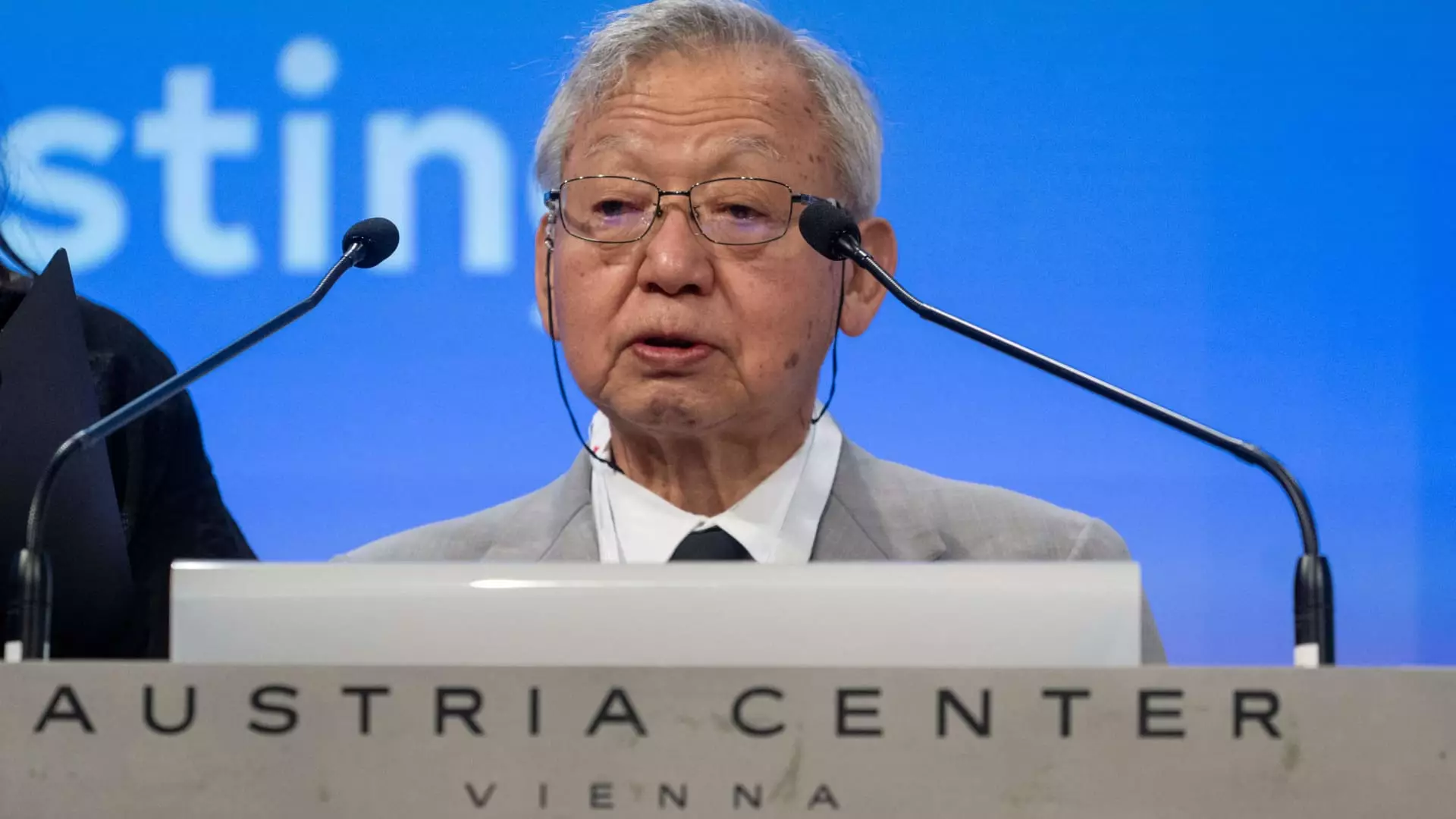The recent awarding of the Nobel Peace Prize to Nihon Hidankyo, the organization of atomic bomb survivors, marks a critical juncture in the ongoing discourse surrounding nuclear disarmament. This Japanese group, formed in 1956 in response to the horrifying atomic bombings of Hiroshima and Nagasaki, epitomizes the grassroots activism necessary to combat the shadow of nuclear warfare. As the Norwegian Nobel Committee noted, the organization has relentlessly advocated for a world devoid of nuclear arms, illuminating the dire humanitarian consequences that accompany such weapons. The recognition is not merely an accolade; it is a heartfelt validation of the testimonies of the Hibakusha—survivors who provide firsthand accounts of the devastation wrought by atomic bombs.
The committee’s acknowledgment of the growing international norm against nuclear weapons, termed “the nuclear taboo,” encapsulates how societal attitudes have evolved in the wake of historical trauma. As the document suggests, this established stigma surrounding the use of nuclear weapons represents more than just a policy statement; it signifies a moral awakening within the global community. The voices of the Hibakusha have played a pivotal role in nurturing this sensibility, demonstrating that personal narratives can significantly influence collective thought. However, the Nobel Committee’s warning about the fragility of this taboo resonates louder today. With the international geopolitical climate increasingly fraught, the specter of nuclear conflict looms ominously, challenging the moral imperative once upheld by the global conscience.
Despite the commendation, the road ahead remains fraught with challenges. The Nobel Committee, while unable to immediately contact Nihon Hidankyo, expressed hope for forthcoming dialogue. This engagement will be essential for amplifying the narrative surrounding nuclear disarmament and for placing further pressure on policymakers to embrace a non-nuclear future. Furthermore, the historical context provided by previous awardees, such as the International Campaign to Abolish Nuclear Weapons in 2017, emphasizes the long-standing battle for nuclear abolition. The lessons learned from both past accolades and current efforts must intersect to guide future actions.
Recent Context and Comparisons
In a similar vein, the recognition of Iranian human rights advocate Narges Mohammadi underscores the interconnectedness of various global struggles for justice and peace. While Mohammadi’s fight centers on women’s rights and human dignity in an oppressive regime, the undercurrents of her activism resonate with the quest for a nuclear-free world. Both signify movements against entrenched histories of violence, whether it be through state-sponsored brutality or the threat of nuclear annihilation. In this light, the Nobel Prize emerges not only as an isolated accolade but as part of a broader tapestry of advocacy that challenges systemic injustices across the globe.
The recognition of Nihon Hidankyo serves as a poignant reminder of the enduring impacts of nuclear weapons and the imperative for continued activism in this domain. As the world stands at a crossroads, it is pivotal that the narratives of survivors inform policy and advocacy efforts. By amplifying their voices and fostering international dialogue, society can continue to challenge the normalization of nuclear arsenals and strive toward a sustainable peace. The Nobel Prize awarded to Nihon Hidankyo is not merely a celebration of past achievements but a clarion call for action toward a more peaceful future.


Leave a Reply